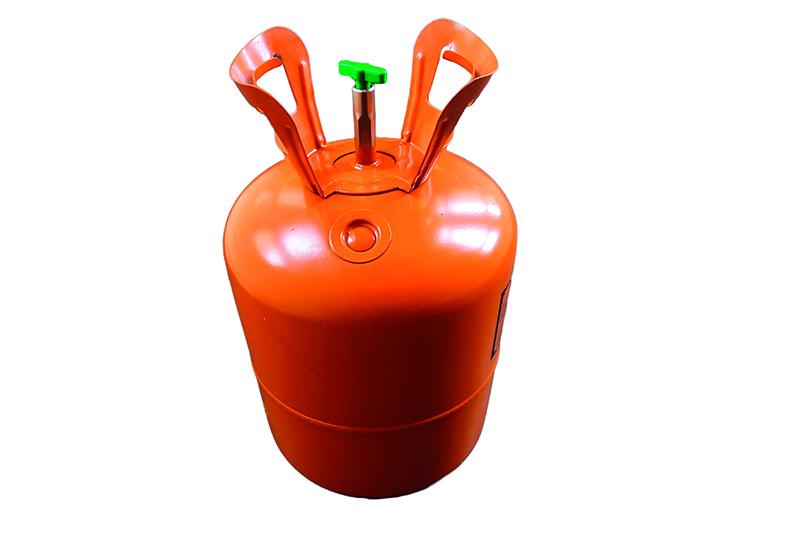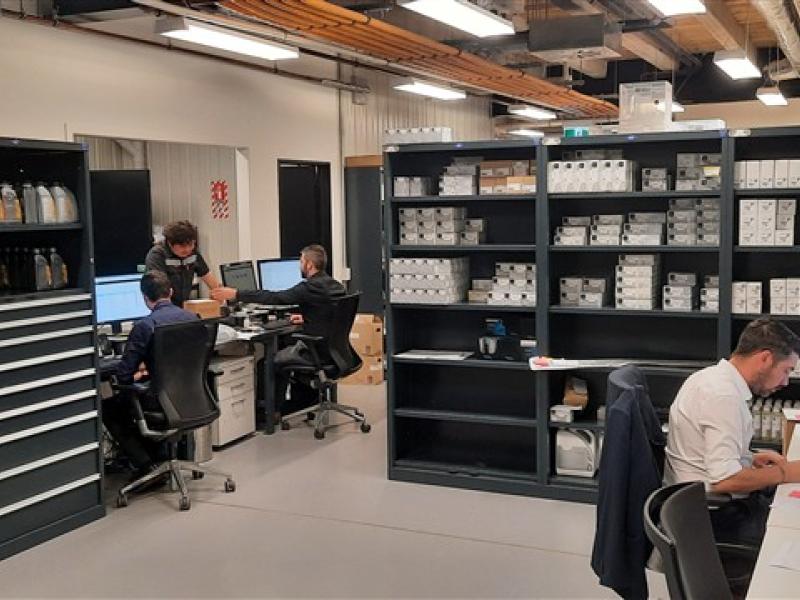New Zealand’s first and only refrigerant waste management destruction facility is one step closer to protecting the New Zealand environment, following the purchase of a multimillion-dollar state-of-the-art SPARC refrigerant waste destruction system from PyroGenesis Canada Inc.
The world-class plasma plant technology will ensure synthetic refrigerants collected here are safely destroyed, significantly reducing the harm they can cause to our atmosphere and climate. Electrically charged plasma is super-heated, to temperatures close to that of the surface of the sun, yet generates no greenhouse gas or fossil-fuel emissions.
PyroGenesis’ patented SPARC system – which uses an innovative and highly effective steam technology to completely destroy the very high global warming potential gases – is based on the technology originally developed by the company for both the U.S. Navy and U.S. Air Force. Similar systems are installed on the newest class of U.S. Navy aircraft carriers – the most technologically advanced ships ever built – to safely and cleanly destroy waste that would otherwise have to be stored until returned to base or dumped at sea. The newest ship in the fleet, the $US13 billion USS Gerald R. Ford, set sail on its maiden deployment in October 2022, with the PyroGenesis waste destruction system on board.
In 2019, emissions from synthetic refrigerants made up two per cent of New Zealand’s climate affecting greenhouse gas emissions. While that sounds like a low emissions volume, synthetic refrigerants are believed to disproportionately contribute to global warming. The Global Warming Potential (GWP) of their gases can be thousands of times greater than carbon dioxide.
Synthetic refrigerants (sometimes called F-gases) play an important role in keeping us all warm or cool. They provide ‘the chill’ for things we use every day like heat-pumps, air conditioners, refrigerators, and cars. They’re also essential to keeping vital temperature-sensitive items, including food and medicines, cool for transport and storage.
Currently the Trust for the Destruction of Synthetic Refrigerants, through its Cool-Safe product stewardship programme, collects and pays a bounty for recovered synthetic refrigerants, which are then shipped to an Australian based specialist destruction plant.
The new Kawerau destruction facility will play a key role in meeting Cool-Safe’s ambitious target of supporting the refrigerants industry to reduce greenhouse gas emissions by 90% by 2035. To put that into context that’s the equivalent of reducing emissions by 1.5m tons per annum – the same impact that would be achieved by taking all of Christchurch’s cars off its road each year.
Richard Lauder, Chair of the Trust for the Destruction of Synthetic Refrigerants, says the purchase is an important milestone in New Zealand’s mission to significantly reduce the negative impact from these refrigerants:
“Up until now any of the refrigerants that we’ve collected for safe destruction have had to be shipped to Australia, which isn’t an ideal solution.
That’s meant an increased environmental risk through offshore transportation of the refrigerants, associated carbon generation and variable international shipping and destruction costs.
By building our own destruction plant here in Aotearoa we’re eliminating those impacts and reaffirming our commitment to the Basel Convention, which aims to reduce the movement of hazardous waste between different nations.
We’re also bringing to Aotearoa world-class innovation and technology from PyroGenesis, and new skills, knowledge and experience to our New Zealand based team, to ensure we’re doing everything we can to protect Aotearoa from the impact of climate change.”
Richard says in addition the development of the destruction facility provides another level of assurance and oversight across the life cycle of refrigerants in Aotearoa:
“Working with Government, our partners and across our Cool-Safe programme of work, the addition of a destruction facility here in our own country means we can support, and ensure, the most sustainable and environmentally effective management of refrigerants from ‘cradle to the grave’.
In addition to businesses and organizations across New Zealand that will take advantage of the Cool-Safe buy-back scheme that provides rewards for recovered refrigerant, the nine established corporate partners in the Cool-Safe product stewardship programme represent some of the largest companies, and largest advanced material and chemical trading houses, in the region.
Land has been secured for the facility and all the required environmental permits have been secured.
PyroGenesis will build, install, and commission the SPARC system, working alongside a team of locally based waste management destruction experts.
Construction of the destruction plant and facility, which will have the capacity to destroy up to 100 tonnes of gases annually, should be completed in 2024, in time for the country’s shift from voluntary to legislated recovery and disposal of refrigerants.






